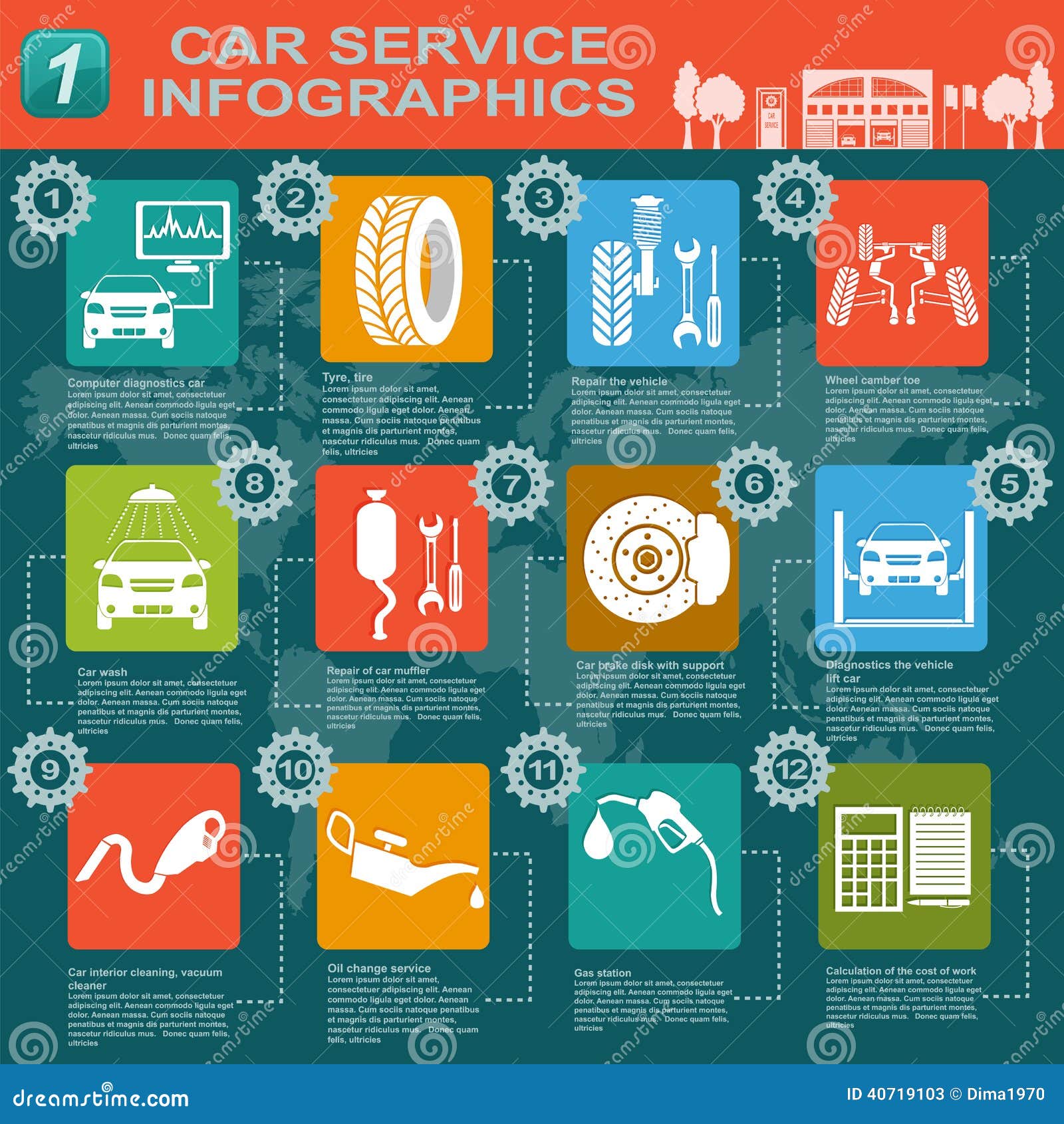Looking For Quality On The Warning Lights Presented On Your Automobile'S Control Panel? Discover How They Connect To Your Vehicle'S Health And Wellness
Looking For Quality On The Warning Lights Presented On Your Automobile'S Control Panel? Discover How They Connect To Your Vehicle'S Health And Wellness
Blog Article
Write-Up Writer-Vinson Stark
When you lag the wheel, those glowing warning lights on your control panel can be a little bit perplexing. Do where can i get my car ceramic coating near me understand what they're attempting to tell you about your cars and truck's health? Recognizing the importance of these lights is vital for your safety and the long life of your car. So, the following time among those lights appears, wouldn't you intend to decipher its message properly and take the necessary actions to address it?
Common Caution Lighting and Interpretations
Determine typical caution lights in your automobile and understand their meanings to guarantee risk-free driving.
One of the most regular warning lights include the check engine light, which indicates problems with the engine or exhausts system. If this light comes on, it's critical to have your automobile inspected without delay.
The oil pressure alerting light shows low oil pressure, requiring immediate interest to avoid engine damage.
A flashing battery light may recommend a defective charging system, possibly leaving you stranded if not addressed.
The tire pressure monitoring system (TPMS) light alerts you to low tire stress, affecting automobile stability and fuel performance. Overlooking this might cause unsafe driving problems.
The abdominal light shows an issue with the anti-lock stopping system, compromising your capacity to stop rapidly in emergency situations.
Last but not least, the coolant temperature level advising light warns of engine overheating, which can result in extreme damages otherwise solved promptly.
Comprehending these usual caution lights will certainly help you attend to issues quickly and maintain safe driving conditions.
Value of Prompt Interest
Comprehending the common caution lights in your vehicle is just the initial step; the relevance of immediately attending to these warnings can't be stressed enough to guarantee your safety and security on the road.
When a caution light brightens on your control panel, it's your auto's method of communicating a prospective problem that needs attention. Overlooking these cautions can bring about much more extreme troubles later on, jeopardizing your safety and security and possibly costing you extra out of commission.
Motivate attention to cautioning lights can protect against failures and mishaps. For example, a flashing check engine light can suggest a misfire that, if left unattended, could trigger damage to the catalytic converter. Resolving mouse click the next web page can save you from a pricey fixing.
Likewise, a brake system cautioning light might indicate low brake liquid or worn brake pads, crucial components for your security when driving.
Do It Yourself Troubleshooting Tips
If you notice a caution light on your dashboard, there are a few DIY repairing ideas you can try before looking for expert assistance.
The primary step is to consult your automobile's manual to recognize what the details warning light suggests. Often the concern can be as simple as a loose gas cap triggering the check engine light. Tightening the gas cap may deal with the issue.
Another typical problem is a low battery, which can cause various warning lights. Examining visit this website for deterioration and ensuring they're safe could deal with the trouble.
If a caution light continues, you can try resetting it by separating the car's battery for a few minutes and then reconnecting it. Additionally, inspecting your vehicle's liquid levels, such as oil, coolant, and brake fluid, can assist repair advising lights connected to these systems.
Final thought
To conclude, understanding your car's caution lights is important for keeping your automobile running smoothly and securely. By quickly resolving Read Home and understanding what they imply, you can stay clear of pricey repair work and possible break downs.
Bear in mind to consult your auto's handbook for certain information on each alerting light and act as necessary to make sure a trouble-free driving experience.
Stay notified, stay safe when driving!
